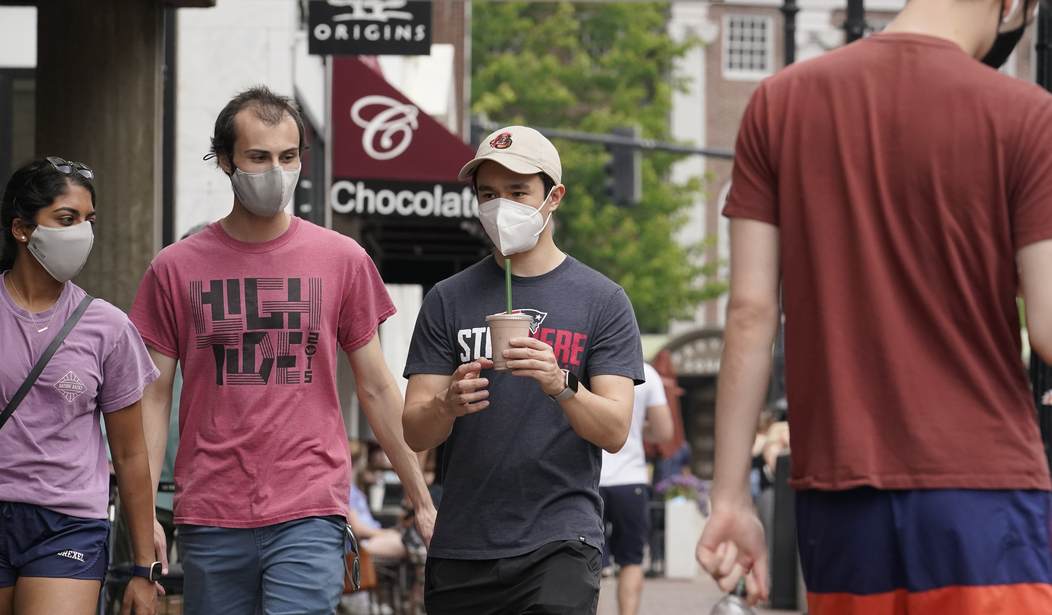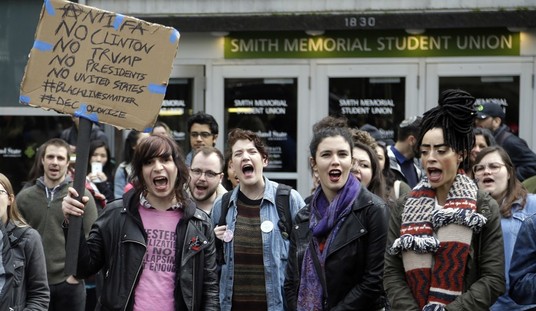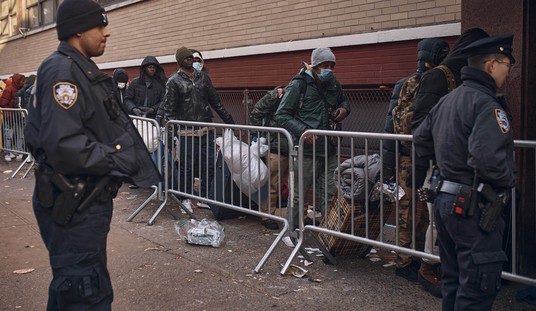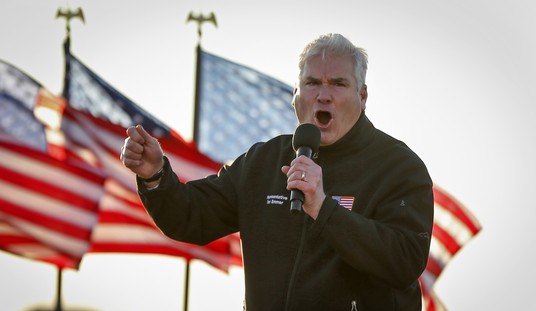The first Delta wave, I should say. Everyone expects another this winter unless some nastier variant comes along and turns it into an Omega wave or whatever.
The Times took two stabs this morning at the question of whether Delta has peaked and neither one ended up being persuasive. The first examined the alleged “mystery” of why each wave of COVID seems to surge for two months before finally peaking and beginning to fall, which … is not really a thing. The authors themselves acknowledge that waves haven’t followed a two-month timetable in countries as varied as Britain, Brazil, and Singapore. And if you look at the major waves the U.S. has had, you’ll find that not one of them — until now, maybe — has risen for two months before cresting. The first wave last spring peaked after one month, judging from the death curve, as did last summer’s wave. The ferocious winter wave begin to take shape in mid-October and peaked in mid-January, a three-month span.
If in fact Delta is peaking right now then that would be just about two months from the beginning to the peak. But one wave ain’t a trend.
As for the second piece, it offers observations like this: “Delta’s path across the United States has depended heavily upon vaccination rates, social behaviors, the weather and various levels of precautions, epidemiologists said. Week on week, cases are now falling in a number of Southeastern states and California, but rising across much of the Midwest and Northeast.” So there’s no discernible national trend? And a huge number of variables in play that might potentially influence that trend?
Well, that clears everything up.
The most grimly ironic thing about declaring that Delta is in remission is that the western country that experienced the first wave of the variant, which everyone is watching for evidence of how their own waves are likely to behave, is seeing a revival of infections. The UK’s wave never fully subsided:

Depressing. So what’s gotten some observers excited lately that the U.S. might be over the hump of this wave?
For one thing, hospitalizations finally fell last week for the first time in two months:

Case numbers in the ravaged southeast? Also down:
… Case numbers in Arkansas, Florida, Louisiana, Mississippi and Missouri peaked in early or mid-August and have since been falling: pic.twitter.com/vqqlcbMGQI
— David Leonhardt (@DLeonhardt) September 1, 2021
The hottest hot spot of all has seen improvement in both metrics:
In Florida…
HHS confirmed hospitalizations down from 15,387 yesterday to 14,886 (-501).
Cases are down 7,299 week over week from last Wednesday. The 7d average is under 20,000 for the first time since Aug. 7.
7d new case positivity is the lowest it's been since July 22.
— Kyle Lamb (@kylamb8) September 1, 2021
What happened to finally make Delta start to retreat? The first NYT piece linked above speculates that it may have something to do with the size of the social “clusters” within which human beings operate. Maybe it take one to three months typically for the virus to run through available clusters of non-immune people in a community before it starts to run out of vectors of transmission. At a certain point, so few clusters will be left nationally that the virus will have trouble spreading at all, which is what you and I call “herd immunity.” But what if the leveling-off of Delta isn’t due to herd immunity (and it probably isn’t)? What else might explain why it’s slowing down?
Seasonality is always a possibility, although it’s still scorching hot in the American south and so people are still spending lots of time indoors. Instead, how about increased mitigation measures in response to the rise of Delta? It stands to reason that people would begin to act more cautiously with the news screaming every day about hospitals filling up and vaccinated people enduring nasty bouts with COVID. Maybe it takes a month or two on average for the “fear factor” to ripple through a population and cause people to change their behavior to limit their risk of exposure. Is there any evidence of that happening now?
There is, actually. Starting with the trend in vaccinations:

From 507,000 doses per day on average on July 20, when Delta was beginning to take off, to an average 899,000 daily doses now. More Americans are gaining vaccine immunity lately to hedge their risk of serious illness.
But it’s not just vaccination. Social distancing has begun to rise again too:

The share who said they’re avoiding large crowds rose from 40 percent in July to 49 percent last month. And what about masking? Yep, more of that happening in hot zones as well, per YouGov:

Gallup also found mask-wearing on the rise nationally, from 60 percent in July to 69 percent in August. I’m sure there are other behaviors, like going to movies or restaurants, that weren’t picked up in the data but which also changed as awareness of Delta spread. Maybe that helps explain the typical “life cycle” of a COVID wave. In the first few weeks of cases rising, people shrug and say, “Screw it, I have plans.” After a few more weeks and plenty of terrifying reports of overcrowded ICUs, they begin to think, “Uh, my plans aren’t that important.” That’s when the wave peaks.
YouGov found something interesting with respect to masks and vaccination, though. People who had someone close to them die of COVID were more likely to say they were willing to mask up and less likely to say they won’t get vaccinated. Those trends were especially pronounced among southerners, who’ve suffered the most this summer. That may affect the “life cycle” of a wave too. Once a local population absorbs a certain amount of infection and death, perhaps people rethink their risky preferences and start mitigating more aggressively. Then the wave slows down and begins to fall.
The big test will be kids returning to class everywhere this month. The fact that cases are falling in the south, where many schools are already open, is an encouraging sign. But the Brits also thought they were headed into Delta remission and then watched cases rise against for several weeks. Onward we go.







Join the conversation as a VIP Member